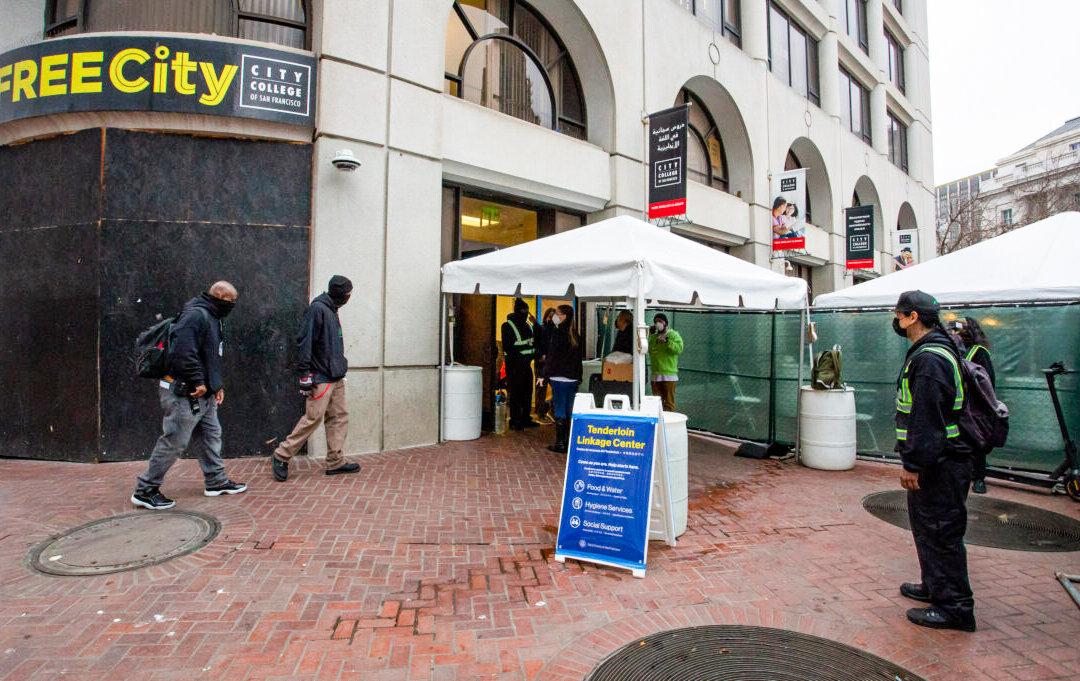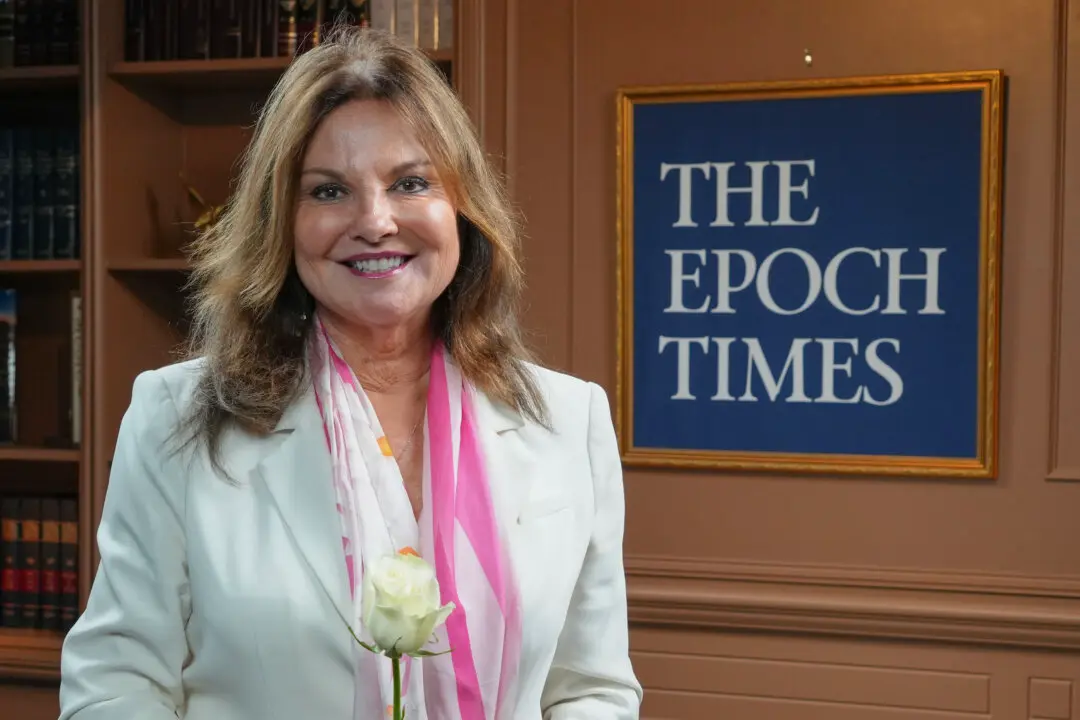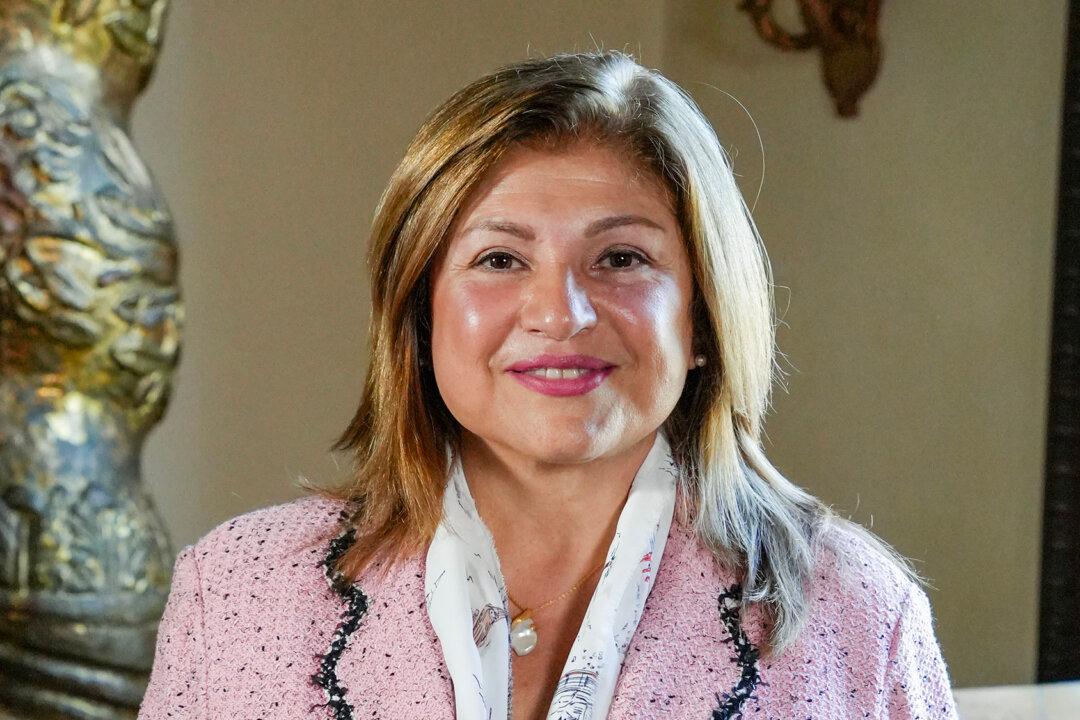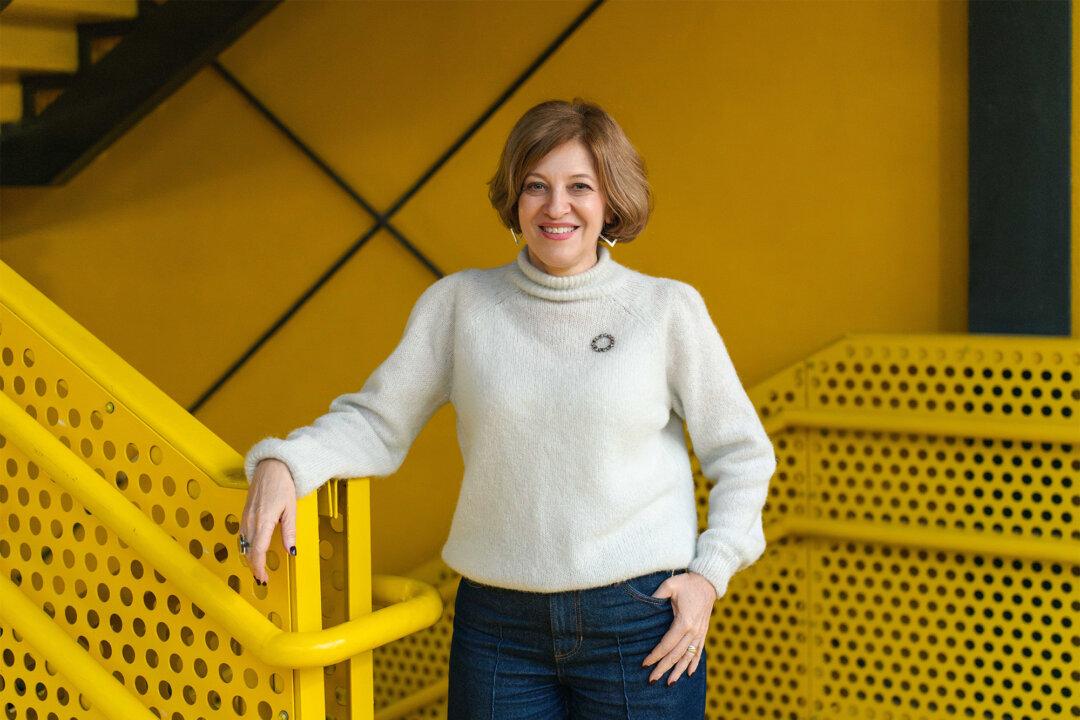SAN FRANCISCO—The Tenderloin Linkage Center (TLC) has dropped the word “linkage” from its name after very few people were linked to drug recovery services and other programs.
The center opened in January and was scheduled to remain open until at least June 30. While it’s been approved by the San Francisco County Board of Supervisors for another six months, the center is reportedly operating more like a safe drug consumption site.





